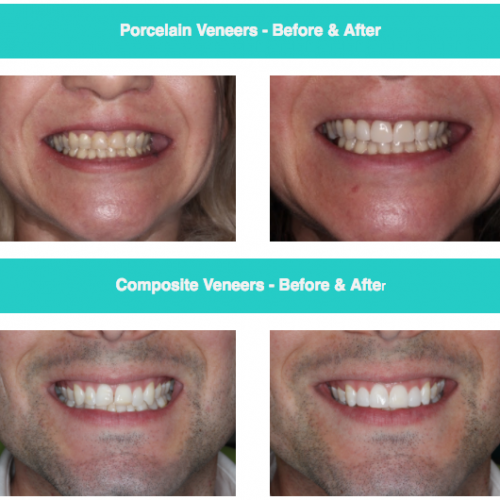Cracked Tooth Syndrome
Cracked tooth syndrome relates to a variety of symptoms and signs that can be attributed to a crack in a tooth. Early detection and treatment is crucial in increasing the likelihood of saving a cracked tooth.
Cracked tooth syndrome usually occurs in the molars or premolars, but may affect any tooth.
Symptoms and signs of a cracked tooth include:
- Sharp, erratic pain when chewing or when biting pressure is released.
- Pain or discomfort to food and liquids of either temperature extreme
- Sensitivity to sweet foods
- Difficulty pointing out a specific tooth as the cause of pain
- A localized area of gum disease if the crack extends beyond the gum
Cracked tooth syndrome is becoming more common as people keep their teeth longer. Teeth with large extensive fillings become weakened and more prone to fracture. This is exacerbated by the increased stresses in daily life, which can lead to clenching and grinding (bruxism). But daily wear and tear over the years from chewing and grinding also slowly causes cracks.
Other causes of cracked tooth syndrome include chewing on hard foods such as ice, lollies or foreign objects like pens and pencils, as well as injury to the jaws, causing the teeth to be forced together.
Diagnosis of a cracked tooth can be difficult and time consuming because symptoms and signs are inconsistent and varied. Cracks can vary greatly in location and size. If a cracked tooth is suspected, your dentist will ask you some questions about the sensitive tooth, and tests involved may include the following:
- Bite tests to help locate the pain
- Probing of gums
- Radiographic examination
- Removal of a filling
- Staining
- Transillumination
- Temperature change
Treatments for cracked teeth vary depending on the location, extent and position of the crack. Early detection and treatment is important in preventing further crack propagation, therefore improving the chances of the tooth’s survival. However, it may not be possible to save a cracked tooth.
For a simple crack, the treatment usually involves removing the weakened cusp and placing a large filling or crown on the tooth. If more than one cusp is fractured or if the tooth is already heavily restored, a crown is an effective option. Both treatments protect the tooth and minimises further crack propagation by directing forces more favourably along the tooth.
Sometimes, a stainless steel band is placed around the tooth to see if it helps relieve the pain being experienced. If it does alleviate it, then a filling or crown will be placed. However, if the pain/discomfort persists, it may be that the tooth requires root canal treatment.
If the crack is complex, progressing to the pulp or causing inflammation of the pulp, then root canal treatment may be required before placement of a crown or filling.
The longer a crack remains untreated, the higher the likelihood of it requiring more complex and involved treatment or not being able to be saved.
Some methods to prevent cracked teeth are:
- Use of a night guard if you clench/grind your teeth at night (bruxism)
- Avoid chewing on hard objects such as ice, hard lollies or foreign objects such as pens or pencils
- Wearing a mouth guard during contact sports
- Practice good oral hygiene to minimize the need for fillings
However, it is important to note that even with these precautions, cracks can still develop in teeth.
Dental Implants – The Best Solution for Replacing Missing Teeth Wisdom Teeth Removal ProcedureLatest from the Dental Blog
 21 Sep 2015
21 Sep 2015
Putney Dental Opens
Putney Dental Care has just opened it’s state of the art Dental Clinic in Putney!
 01 Aug 2017
01 Aug 2017
What does your Oral Health say about you?
Achieving optimal oral health is important for your overall health and well-being. Taking care of your mouth, teeth and gums…
 19 Aug 2020
19 Aug 2020
5 Dental Problems That Can Be Avoided With Regular Check-Ups
We all know from an early age that you need to take care of your teeth and gums if you…

